Several years ago I was going to college for graphic design when I was introduced to this great program that you could make cool videos with. It was called iMovie and was the first time I ever worked with video before. Our assignment was to take pictures and make a slide show. Well not being one for underachievement, I took some wedding photos I did for a friend and turned it into an action movie trailer. The teacher was so impressed that she showed it to the dean of the school.
After the class was over, I thought to myself, “If I can do that with photos, I wonder what I could do with video.â€
So I went on ebay not knowing anything and bought a cheap JVC miniDV camcorder. It had a broken LCD screen but the viewfinder still worked. But it only cost $27. I found a rusty aluminum tripod in my buddy’s attic and we were off. We made a short video (that I won’t show you so you won’t loose all respect for me) and had a great time. But when I was done I looked at it and said, “Why doesn’t this look like the movies?â€
Living in Green Bay, Wisconsin doesn’t give you a ton of options for learning film. So I started looking around online and bought my first HD camera. It was a Sony HC3 and served me well. But always being one for upgrading, I looked to see if there were any accessories I could get for it. I came across the Canon HV20 and saw all these adapters and rigs being added to this tiny camera. I wondered why no one was doing that to my HC3 and slowly discovered the importance of 24p and manual control. I bought an HV20 and built my first DOF rig.
I’ll admit that I was bitten by the DOF bug. “Forget learning lighting, composition, blocking, etc……As long as it has shallow DOF then you’re golden!†I became one of the people I now roll my eyes at. But I soon discovered that shallow DOF is by its self, very shallow.
I decided to step away from the whole DOF rig scene and try my hand at video production. I sold my HV20 rig and bought an XH-A1. But the guy that I bought my XH-A1 from ended up throwing a Redrock M2 into the sale. So I was back with a DOF rig, but this time I learned to use it as a tool instead of a gimmick.
I did a few productions but was always frustrated at the size of the rig. There were times I wished I could just go out and shoot for the day, but I didn’t feel like hauling my huge Pelican case across town. I used it for paying gigs, but not much creative work.
I heard about DSLRs but was nervous about the technology. Would it shoot real video well? Could I use it for productions? Would I be taken seriously without my huge camera rig? After much debate and being tired of hauling around my big-rig, I sold everything and bought a 5D MkII.
After I received it, I took it out for a commercial shoot and was amazed at the quality. Not because it had shallow DOF but because the image was so crisp and vivid. I was hooked!
Now I told you all that to get to my point which is that simply buying a DSLR won’t make you a good filmmaker…for the same reason none of my other equipment by itself made me a good filmmaker. Having shallow DOF isn’t some magic fairy dust that you sprinkle over video footage to make it good. There are so many other factors to it. You need to understand every facet of the art form. And if you don’t know it all, surround yourself with people who can compliment your talents. Work off of each other and learn from one another. I can light a scene pretty darn well but I couldn’t write a script to save my life. And forget having me be your sound guy.
On the other side, there are a lot of DSLR haters out there. They complain because it has moiré, rolling shutter, aliasing, etc. that it shouldn’t be used for productions. But then I started talking to other DP friends of mine. DPs who are paid professionals with years of experience in digital and film productions (one of which makes about $40K a week). I asked them what they use, and you know what it was?
DSLRs
Do they use them exclusively? HECK NO! They have EX1s or HVX200s or REDs in their arsenal for when they are needed. But do they use DSLRs primarily? Absolutely.
At the end of the day, you are an artist and your camera is your tool. It’s not the tool that makes the image, it’s the artist. No matter how many limitations a tool has, a skilled artist can still make something beautiful with it.
The best example I can use is this:
This is an artist using MS Paint to create a fairly photorealistic picture of a car. Is MS Paint the absolute best tool for drawing pictures? No. But it is cheap and in the hands of a professional, it can be used to create beautiful images.
You wouldn’t yell at this person for using Paint and say, “You should be using Photoshop! You’ll have higher resolution and better tools for editing.†Instead you would applaud their ingenuity and creativity.
I want to embrace the possibilities of new technology and go out and create something fun and exciting. I don’t want to sit back and nitpick while I wait for the technology to be perfected. I may screw up along the way, but at least I’m trying!

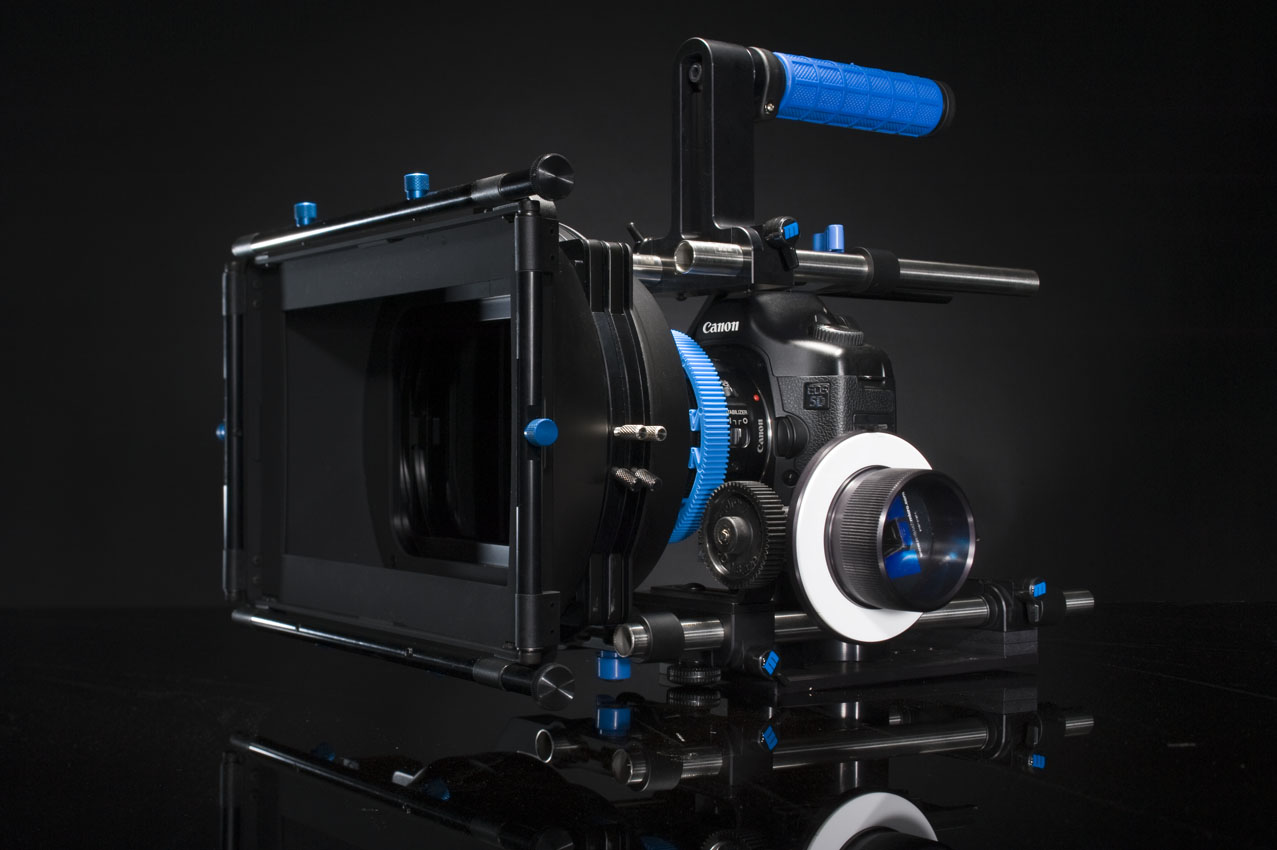
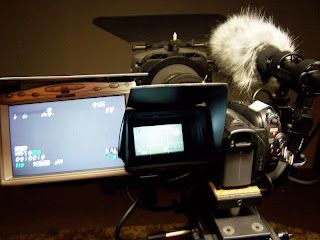
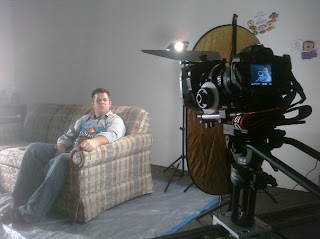
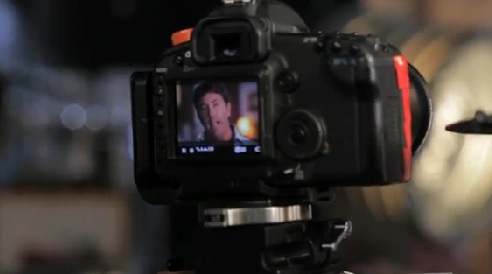
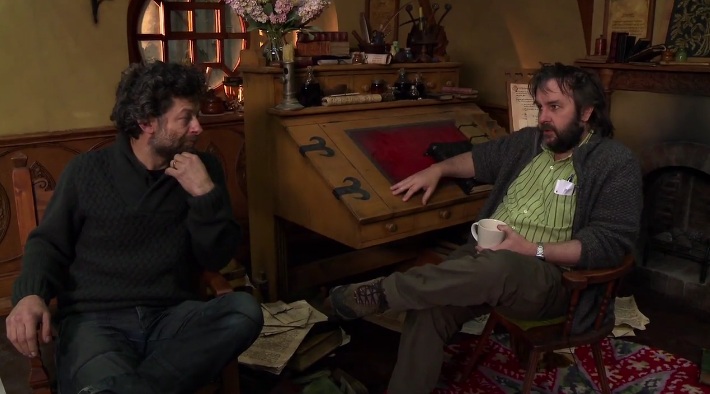
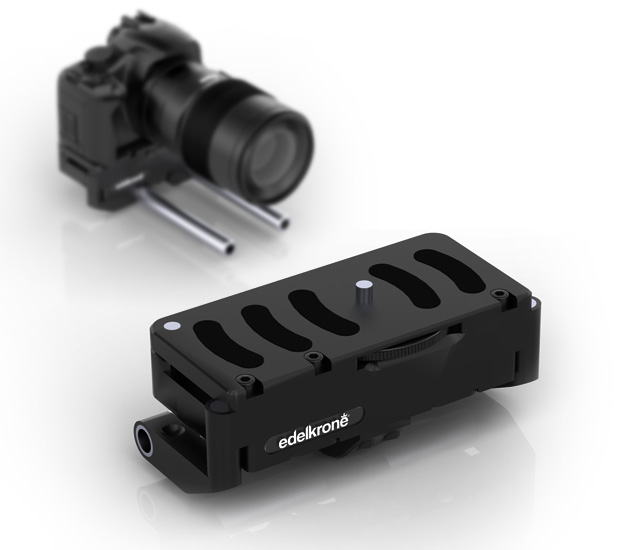
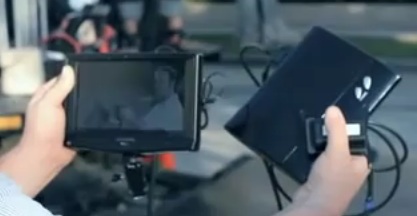
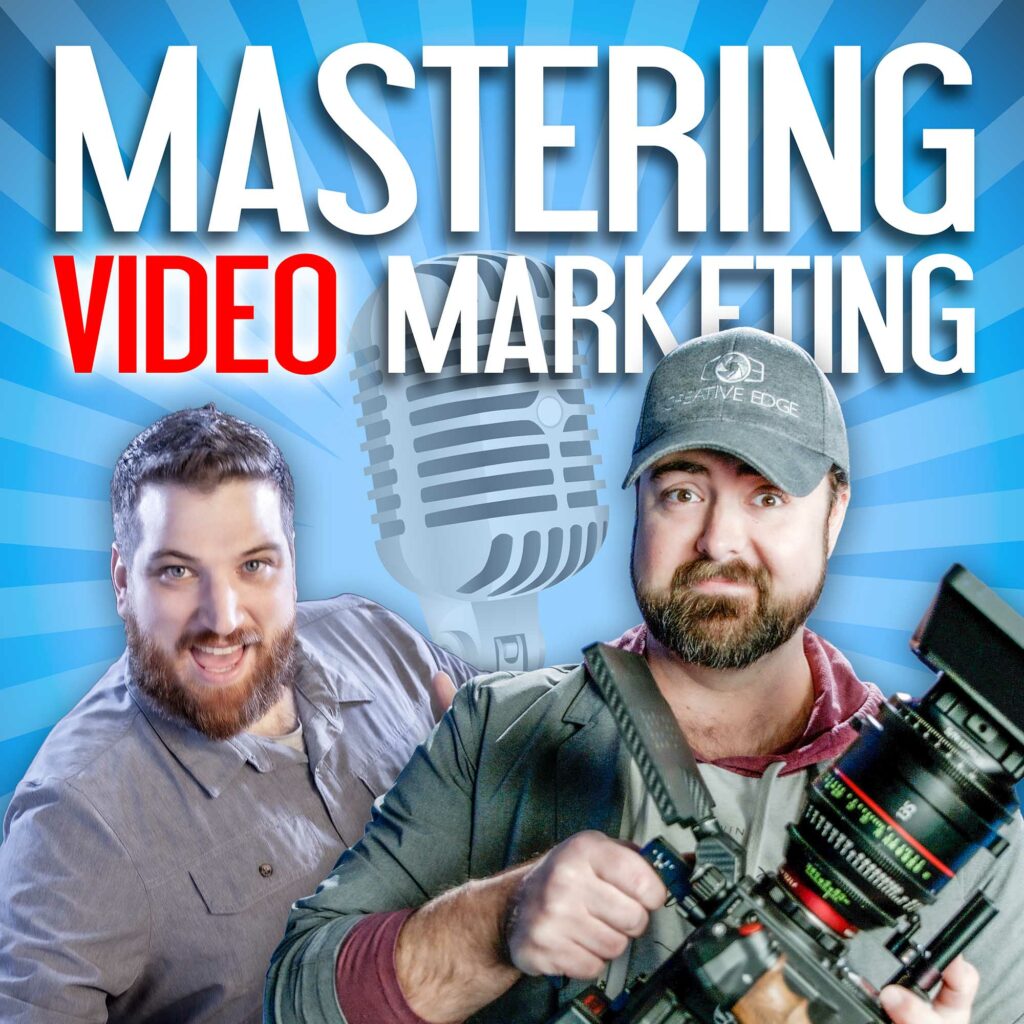

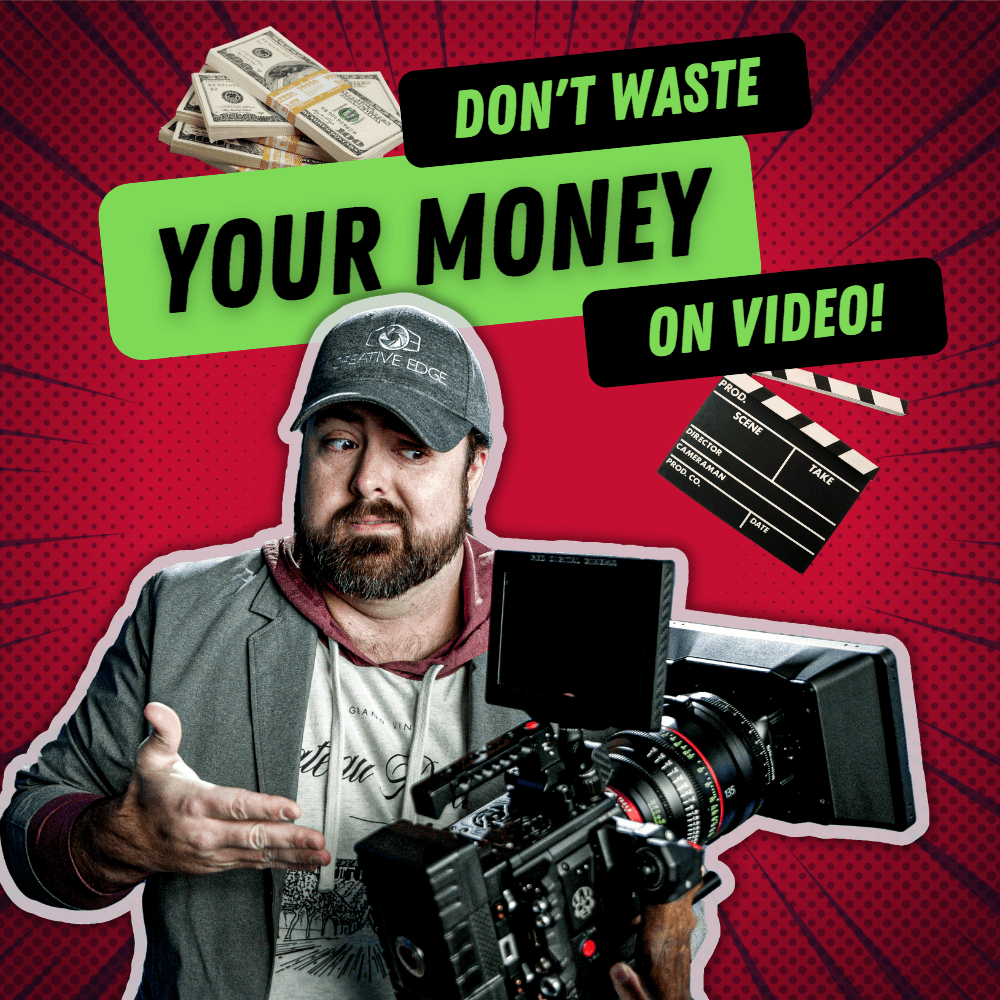
Excellent man! Really appreciate your post. It absolutely opened my mind. I'm new to video production and I'm following your steps since you had the hv20. Your improvement has been wonderful and you have been a great motivation to me. I'm looking forward to creating some good vids with all the tips you have given not only in your blog but with your videos also. Blessings to you and your family.
– Matthew Hernandez
I’m also new to video production, and this is great really helped thanks alot.
An interesting article. I used to be a DSLR hater, but I am now in a similar position to yourself when you wrote this article. I am seriously considering selling my EX3 and using a 60D rig. It is a daring step because I too am having concerns about how seriously I will be taken.
The thing is though that it seems in the current economic climate that there simply isn’t the work around to support owning an expensive camera these days. While the EX3 produces an amazing picture, it is unfortunately a very ‘video’ looking picture. A bit emotionless.
I haven’t made my final decision as I am not sure whether the DSLR bubble has burst with the release of cameras such as the AF100 and FS100.
All well and good until you realize that DSLRs still shoot in compressed codecs like H.264. Where “most” sub-professional video cameras shoot uncompressed. After working freelance post-production for a few years now, I have had the opportunity to edit film from every video camera out there and uncompressed footage is vastly easier to deal with. Granted, you won’t be able to tell much of difference if you aren’t manipulating the video much, but attempt a “chroma key” or try extensive color grading with compressed and uncompressed side by side, you will see how much of difference it makes. Further more, uncompressed footage requires no codec, which means your editing software doesn’t need to to process it before you can play it back. This makes your work time quite a bit faster.Â
I’m not trying to say that I am a DSLR hater, but I will say that DSLRs aren’t there yet. Raw production footage should never come with a codec.
The pro who says compressed video is harder to work with is correct. But what he is missing is the emphasis that the technological gap between pro gear vs consumer electronics is rapidly shrinking. And, in the correct hands – these DSLR’s are letting people who would never have a chance to really make a fantastic movie. It’s not the gear – its the person operating it. When that movie maker gets noticed he can get those more expensive cameras like the red-epic. I personally see the DSLR as a stepping stone to bigger things down the road. Someday they may be as good as film – in fact I’ll bet on it. The reason for the war on DSLR’s is simple – it levels the playing field – which is scary for those who make 40k a week because it will lead to lower income for everyone. Personally I don’t give a rats a$$ because I’m the guy on the outside that the 40k a week guy isn’t letting in, or handing me an epic either. I’ll make a deal – I’ll stop preaching about DSLR’s if you give me 40k a week – sound fair? Hell – I’ll stop if you buy me an epic right now! You want my mailing address?